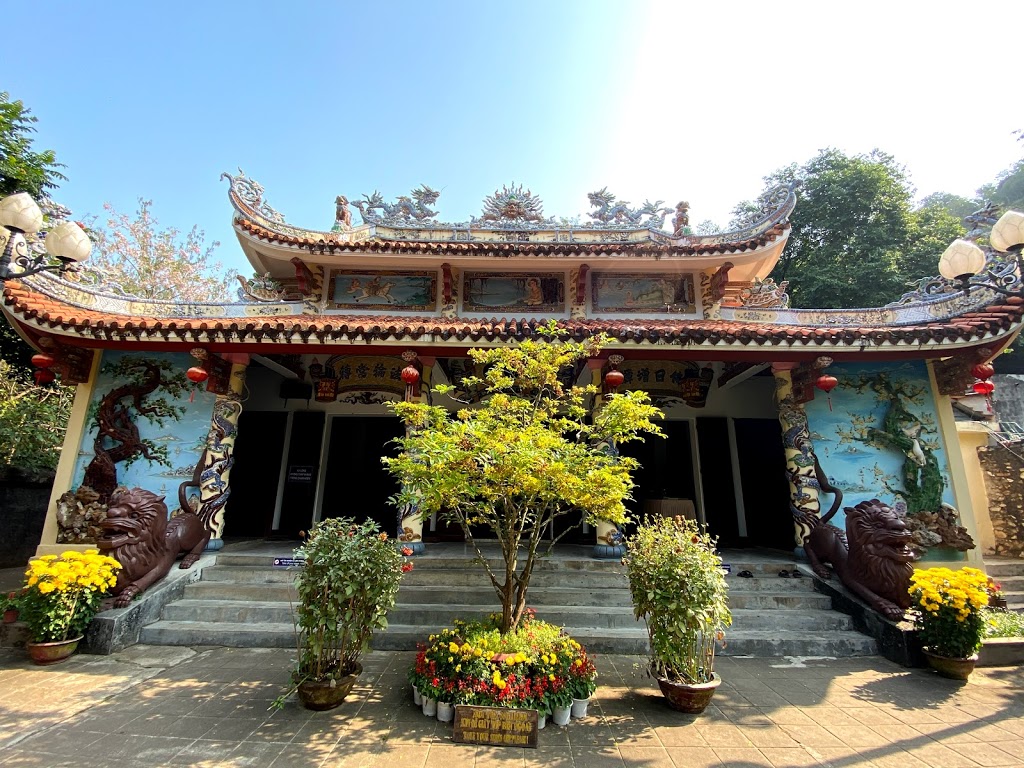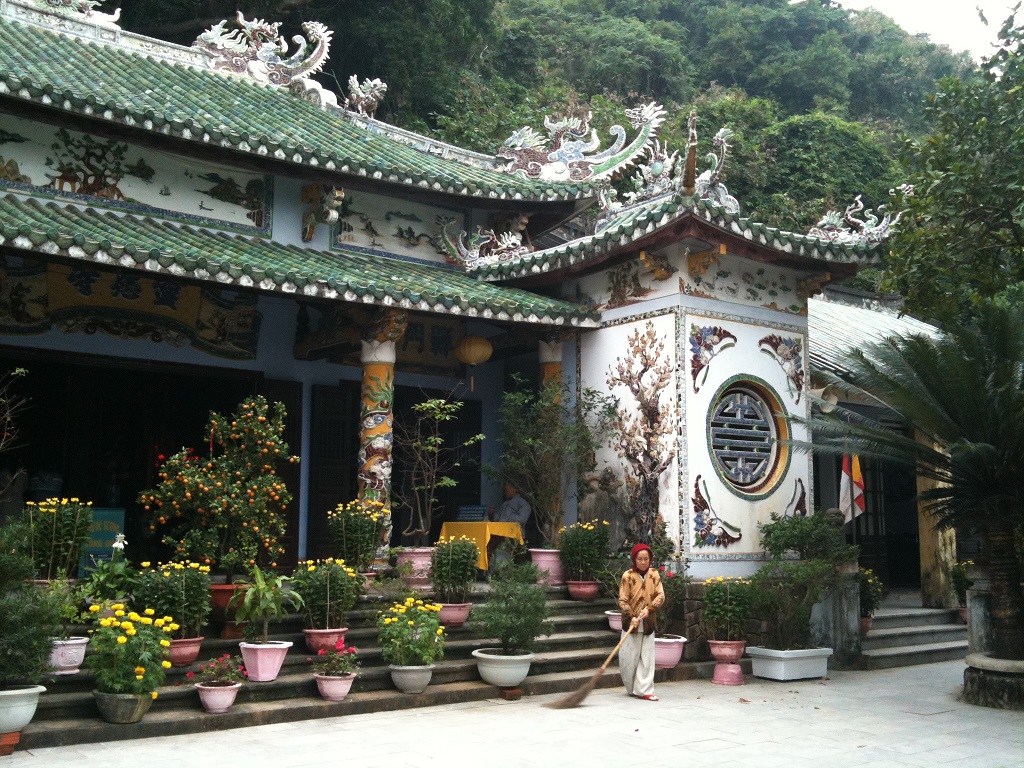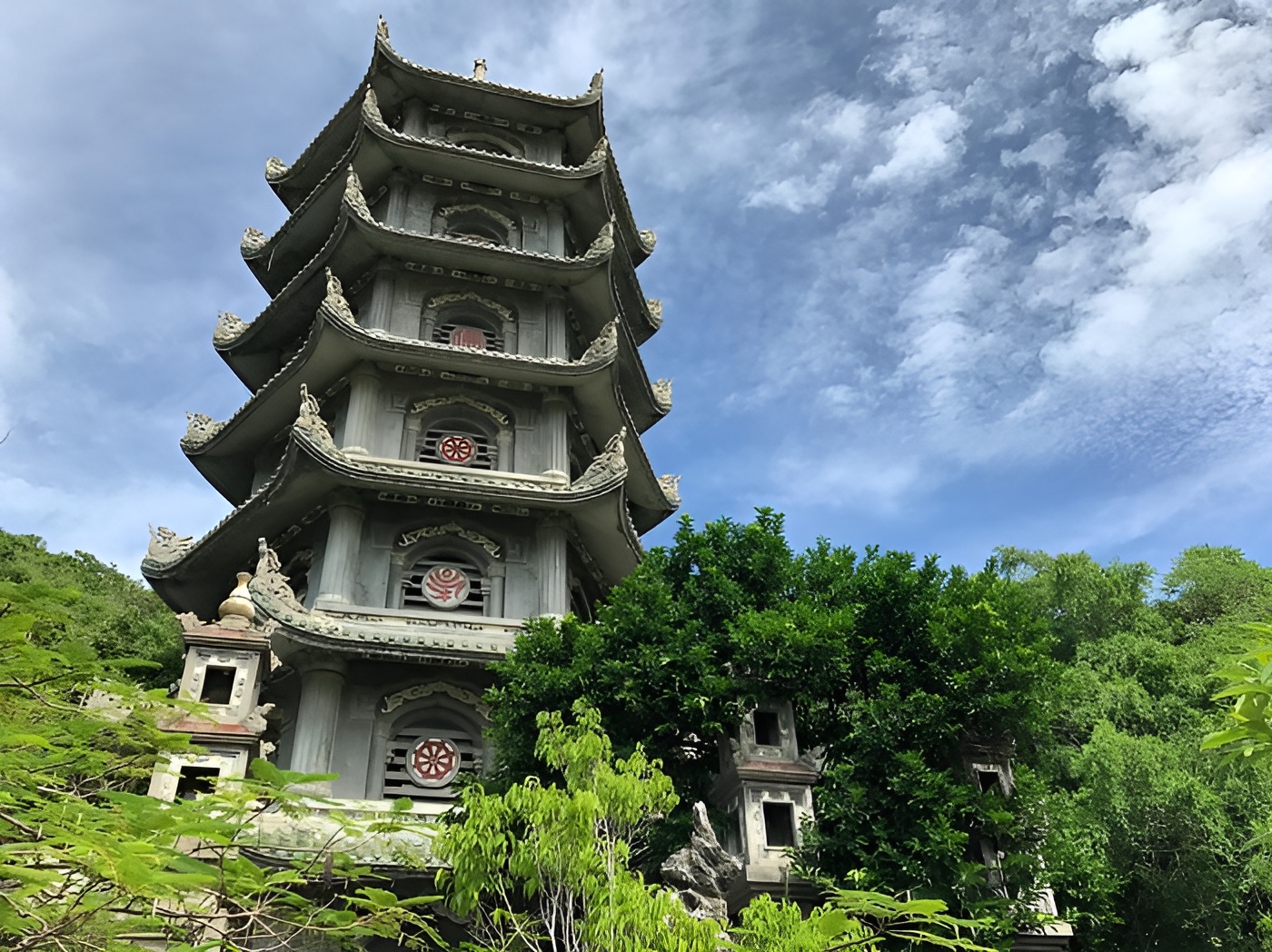Tam Thai Pagoda
Tam Thai Pagoda – Overview
Chùa Tam Thai is an ancient Buddhist temple located on Thuy Son (Water Mountain), the largest of the five Marble Mountains (Ngu Hanh Son) in Da Nang. With its centuries-old history and scenic location, Tam Thai Pagoda is a spiritual and cultural landmark in central Vietnam.

History and Significance
Chùa Tam Thai was built in the 17th century during the Nguyen Dynasty. It has been restored several times over the centuries due to natural wear and war damage. The pagoda is a national cultural and historical relic, representing the enduring spirit of Vietnamese Buddhism.
It has long served as a place for worship, meditation, and Buddhist study, and was once a stop for Vietnamese kings and scholars during their travels.

Architecture and Highlights
Tam Thai Pagoda showcases traditional Vietnamese architecture, harmoniously blending with the natural mountain setting. Highlights include:
-
A three-entrance gate (Tam Quan), symbolizing the Buddhist Three Jewels: Buddha, Dharma, and Sangha.
-
The main sanctuary with statues of the Buddha and ancient altars.
-
Stone steps and paths leading through lush forested areas.
-
Proximity to natural caves like Huyen Khong Cave and Tang Chon Cave.
-
Peaceful surroundings ideal for meditation and contemplation.
Location and Access
Tam Thai Pagoda is located on Thuy Son, the most accessible mountain in the Ngu Hanh Son complex, about 9 km southeast of Da Nang city center. Visitors can reach it via a short hike up stone stairs or by using an elevator available at the foot of the mountain.

Cultural and Spiritual Importance
Tam Thai Pagoda remains an important spiritual destination, drawing pilgrims and tourists alike. It plays a key role in preserving the region’s Buddhist traditions, while also contributing to the cultural richness of Da Nang. Many visitors come here to find inner peace, admire the natural landscape, and learn about Vietnam’s religious heritage.

